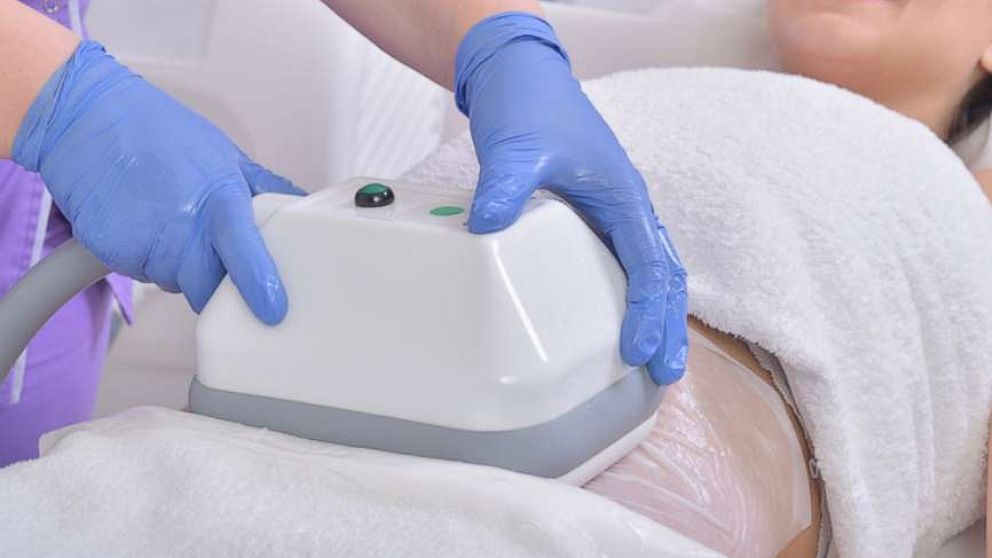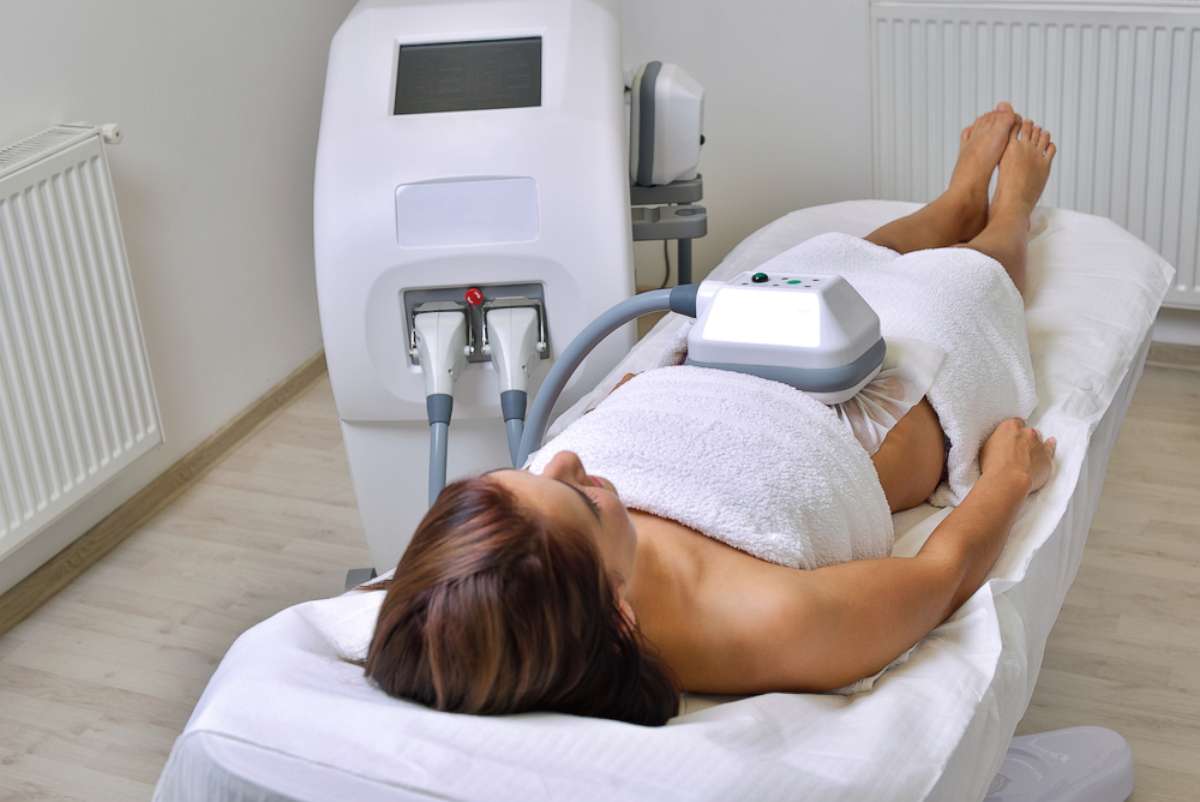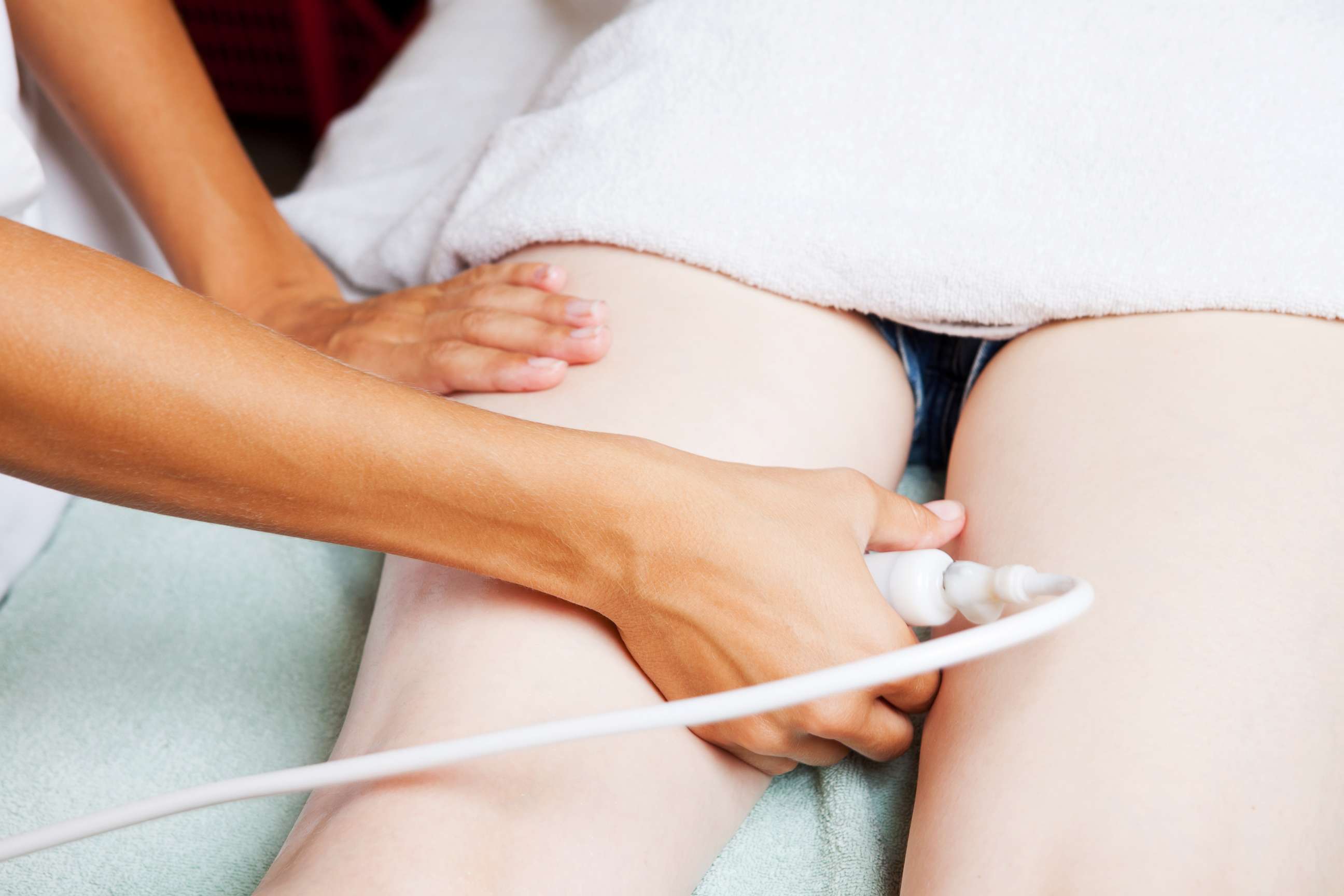Freezing fat cells: Noninvasive fat reduction procedures gaining in popularity
Noninvasive fat reduction procedures, as a whole, increased 7 percent.

The majority of cosmetic procedures performed in the United States last year -- more than 15.7 million of the overall 17.5 million -- were considered minimally invasive and did not require major surgery, according to a new report from the American Society of Plastic Surgeons.
The most common surgeries were breast augmentation, liposuction and nose reshaping.
The most common minimally invasive procedures were botulinum injections (7.2 million), tissue fillers (2.7 million) and chemical peels (1.4 million), according to the ASPS.
In 2017, there were also about 350,000 noninvasive fat reduction procedures, known as “body sculpting” or “body contouring.”
These are FDA-approved techniques to target unwanted fat on a person’s stomach, hips and thighs.

One “body-sculpting” technique is cryolipolysis. This process involves freezing fat cells close to the surface of the skin until the cells die and shrink away.
It is meant to be a less-invasive alternative to procedures like liposuction.
Side effects are typically temporary redness, bruising and numbness, according to a 2013 study from the German group Rosenpark Research in conjunction with Weill Cornell Medical College and Louisiana State University.
Cryolipolysis is not necessarily a new idea, although its popularity has been growing since its development in 2009.
Noninvasive fat reduction procedures, as a whole, increased seven percent in the past year, according to the American Society of Plastic Surgeons.
Other techniques use laser or ultrasound to heat and destroy fat cells.
Dr. Darren Smith, a board-certified plastic surgeon, has performed multiple types of non-invasive “body contouring” and said that cryolipolysis is a “much better-tolerated procedure,” compared to other types of non-invasive options.
Instead of heating the cells, which is painful, cooling the cells makes them numb, Smith said.
As with most cosmetic procedures, there is little to no reimbursement from insurance companies for cryolipolysis.
According to Smith, prices for this procedure vary based on a person’s size and the area they want to treat.
Smith says most people usually spend $1,000 to $3,000 on a cryolipolysis treatment.

It’s hard to study the effects of such a treatment when the results are so subjective.
After all, can a love handle be measured? While the thickness of a fat pad could be measured, these numbers are likely inaccurate and may or may not actually reflect how a person feels about the size of their muffin top.
The 2013 cryolipolysis study showed a 73 percent patient satisfaction rate after the therapy.
Smith said that most people have been happy after one treatment in his experience, but some people opt to have a second round.
Overall, physicians believe that a person has the best results when they’re already near their goal weight range, exercising and eating well.
Laura Shopp, M.D. is a third-year pediatrics resident affiliated with Indiana University who works in the ABC News Medical Unit.



